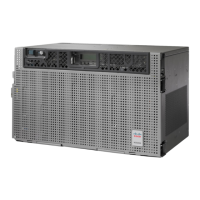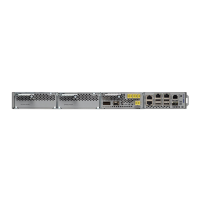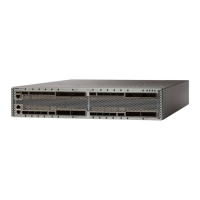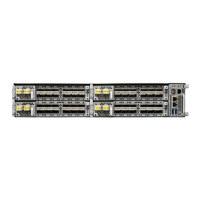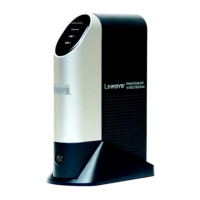6. If the fiber cable is properly connected and attached to the port, verify that the cable connects the card to
another Ethernet device and is not misconnected to an OC-N/STM-N card.
7. If you are unable to establish connectivity, replace the fiber cable with a new known-good cable.
8. If you are unable to establish connectivity, perform standard network or LAN diagnostics. For example,
trace the IP route, verify cable continuity, and troubleshoot any routers between the node and CTC. To
verify cable continuity, follow site practices.
DETAILED STEPS
Step 1 If the reporting card is an MXP or TXP card in an NCS node, verify the data rate configured on the PPM (also called
SFP):
a) In node view (single-shelf mode) or shelf view (multishelf mode), double-click the reporting MXP or TXP card.
b) Click the Provisioning > Pluggable Port Modules tabs.
c) View the Pluggable Port Modules area port listing in the Actual Equipment Type column and compare this with
the contents of the Selected PPM area Rate column for the MXP or TXP multirate port.
d) If the rate does not match the actual equipment, you must delete and recreate the selected PPM. Select the PPM (SFP),
click Delete, then click Create and choose the correct rate for the port rate.
For more information about provisioning PPMs (SFPs) and their specifications, refer to the Installing the
GBIC, SFP, SFP+, and XFP Optical Modules in Cisco ONS Platforms document.
Note
Step 2 If the reporting card is an OC-N/STM-N card, verify connectivity by pinging the system that is reporting the alarm.
Step 3 If the ping is successful, it demonstrates that an active TCP/IP connection exists. Restart CTC:
a) Exit from CTC.
b) Reopen the browser.
c) Log into CTC.
Step 4 Using optical test equipment, verify that proper receive levels are achieved. (For instructions about using optical test
equipment, refer to the manufacturer documentation.)
Always use the supplied electrostatic discharge wristband when working with a powered ONS system. Plug
the wristband cable into the ESD jack located on the lower-right edge of the shelf assembly.
Caution
Step 5 Verify that the optical LAN cable is properly connected and attached to the correct port.
Step 6 If the fiber cable is properly connected and attached to the port, verify that the cable connects the card to another Ethernet
device and is not misconnected to an OC-N/STM-N card.
Step 7 If you are unable to establish connectivity, replace the fiber cable with a new known-good cable.
Step 8 If you are unable to establish connectivity, perform standard network or LAN diagnostics. For example, trace the IP route,
verify cable continuity, and troubleshoot any routers between the node and CTC. To verify cable continuity, follow site
practices.
If the alarm does not get cleared, you need to report a Service-Affecting (SA) problem. Log into the Technical Support
Website at http://www.cisco.com/c/en/us/support/index.html for more information or log into http://www.cisco.com/c/
en/us/support/web/tsd-cisco-worldwide-contacts.html to obtain a directory of toll-free Technical Support numbers for
your country.
Cisco NCS 2000 series Troubleshooting Guide, Release 11.0
148
Alarm Troubleshooting
Clear the CARLOSS (EQPT) Alarm
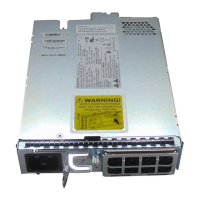
